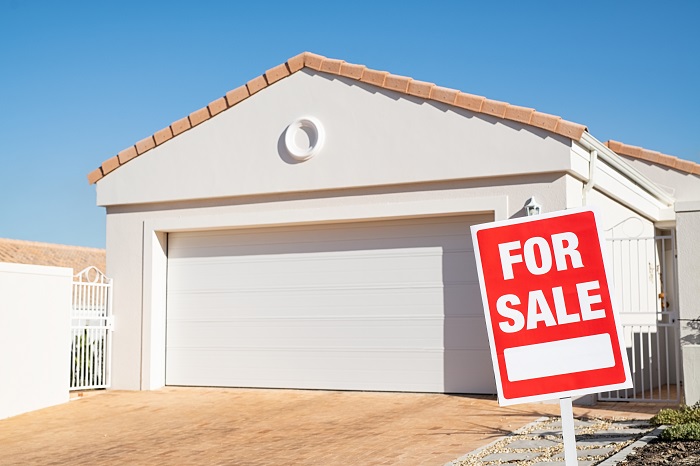The chilling winter months often bring with them soaring utility bills as more expense goes into heating homes. With a significant increase in energy expenditure, homeowners across the country are increasingly feeling the pinch of rising costs.
This article outlines the present situation on winter energy expenses and suggests practical solutions for homeowners to mitigate these monthly financial drains.
Nature of the Problem: The High Cost of Keeping Homes Warm
A recent study by the National Energy Assistance Directors Association reveals that this winter, the average U.S. household is expected to spend 17% more on heating compared to last year. About 25% of 1,000 consumers surveyed by Payless Power also admitted to being taken aback by their hefty utility bills, prompting them to cut back on vital spending such as groceries.
More than half of homeowners did not consider potential electricity costs while buying their property, says the survey. This lack of foresight has caused many to suffer from unexpected high energy costs.
Troubled Regions: New England Hit Hard by Surging Utility Bills
As per Payless Power’s research, residents of New England appear to be struggling most, with an increased number seeking relief from exorbitant power bills online. This region appears to need financial aid during winters the most compared to others.
The Role of Home Size and Age: Risk Factors for Spiralling Energy Costs
Both the size and age are factors of houses impacting their utility costs, however larger houses resulting in higher bills isn’t a surprise to many. Interestingly, it was discovered that houses built between the 1990s and 2000s have comparatively higher electricity costs, averaging around $200 per month or more. On the other hand, newer homes from the 2010s averaged a much lower $146.
The discrepancy in energy-related expenses can perhaps be attributed to greater use of energy-efficient design and technology in modern homes combined with better insulation, windows, and appliances.
Exceptions: Pre-1950s Homes Proving Surprisingly Economical
In an unexpected twist, houses built prior to the 1950s had the second-lowest electric bills, giving homeowners a reason to consider these older structures for their potential cost-effectiveness.
Reducing Bills: Steps Homeowners Can Take to Save on Heating Costs
- Leverage Natural Light: Opening curtains and blinds on south-facing windows during daylight hours will enable sunlight to heat up rooms, reducing dependence on artificial heating systems.
- Upgrade Insulation: Good insulation can prevent drafts and cold air intrusion, so ensure your home has adequate wall, roof, and floor insulation to keep it warmer throughout winter.
- Keep the Thermostat In Check: The survey found that respondents kept their homes at 73 degrees; lowering the temperature by a few degrees is another way to save on heating costs while still keeping warm.
- Benefit from Off-Peak Hours: Some utility companies offer reduced rates during off-peak times, which usually range from 9 p.m. to 10 a.m. on weekdays. Running appliances and conducting other power-intensive tasks during these times can translate into lower bills.
- Invest in Energy Efficiency: Replace older lighting systems with energy-saving LED bulbs and consider upgrading appliances with Energy Star-rated equivalents to further decrease monthly energy costs.
In conclusion, as utility bills continue to surge during winter months, homeowners must adopt various strategies to cut their expenses. By leveraging natural light, properly insulating homes, and investing in energy-efficient updates, they can combat the increasing costs while also enhancing the overall comfort of their living spaces.





